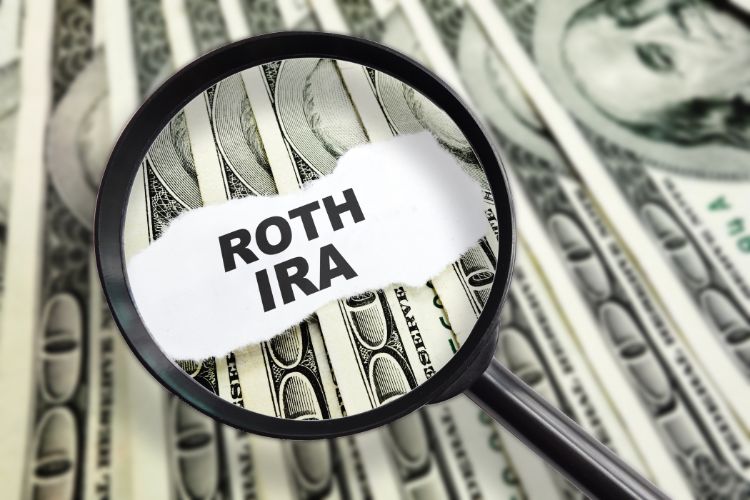Overview of Self-Directed Roth IRAs

Many people are familiar with traditional (Pre Tax) retirement accounts, such as IRAs and 401(k)s, which usually include stocks, bonds, and mutual funds, when they are making retirement plans.
On the other hand, a self-directed Roth IRA provides a different way to save for retirement by giving you more alternatives when it comes to investments. We’ll go over what a self-directed Roth IRA is and what kinds of investments you can put in it in this article.
Basics of a Roth IRA

Contributions to a Roth IRA are made with after-tax money for retirement savings. The main advantage is when a person reaches retirement age withdrawals are tax-free as long as certain conditions are met.
This differs from traditional IRAs, where contributions are tax-deductible, but withdrawals are taxed.
What is Meant by Self-directed?

Self-directed means having more investment control over your retirement accounts. A self-directed Roth IRA gives you the flexibility to invest in a wider spectrum of assets than traditional Roth IRAs offer.
This includes:
Cryptocurrency:

This encompasses digital currencies such as Bitcoin and XRP. It is vital to comprehend the increased volatility and distinct hazards linked to a cryptocurrency investment.
Precious Metals:
Physical assets such as gold, silver, platinum, and palladium can be invested in. These are frequently regarded as safeguards against economic instability and inflation.
Real Estate:

Commercial or residential real estate is available for investment. Investments in real estate may result in both rental income and possible property value appreciation.
Mortgages and Promissory Notes:
This entails purchasing pre-existing mortgages or making investments in private lending. Interest payments from these investments may generate a consistent stream of income.
Advantages and Things to Think About

Beyond the standard stock market, these investment options can provide diversification. They also call for a greater degree of research and knowledge in that particular asset, though.
While investing in promissory notes requires knowledge of lending and credit risk, real estate investments, on the other hand, involve overseeing properties or understanding real estate markets.
Risks and Compliance

Understanding IRS rules pertaining to self-directed Roth IRAs is essential, particularly those pertaining to disqualified individuals, prohibited transactions, unrelated business income tax (UBIT), and unrelated debt finance income (UDFI).
Furthermore, because these assets are diverse, they have varying risk profiles. It is crucial to evaluate these risks in light of your total retirement plan.
Conclusion
Making Wise Choices An exceptional chance to diversify your retirement account with a variety of alternative assets is provided by a self-directed Roth IRA.
However, there are hazards and difficulties specific to these investments as well. If you want to be sure that your investing decisions match your risk tolerance and retirement objectives, it’s crucial to do extensive research and discuss with a financial advisor and tax advisor.

